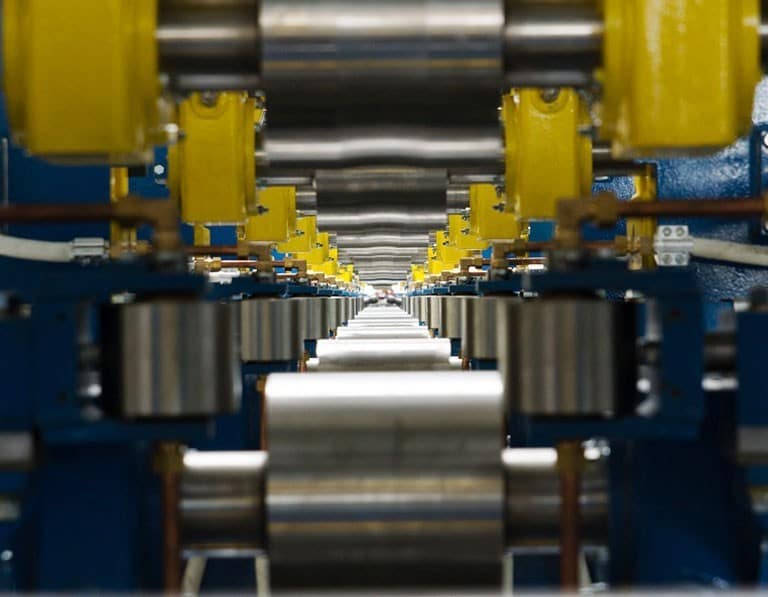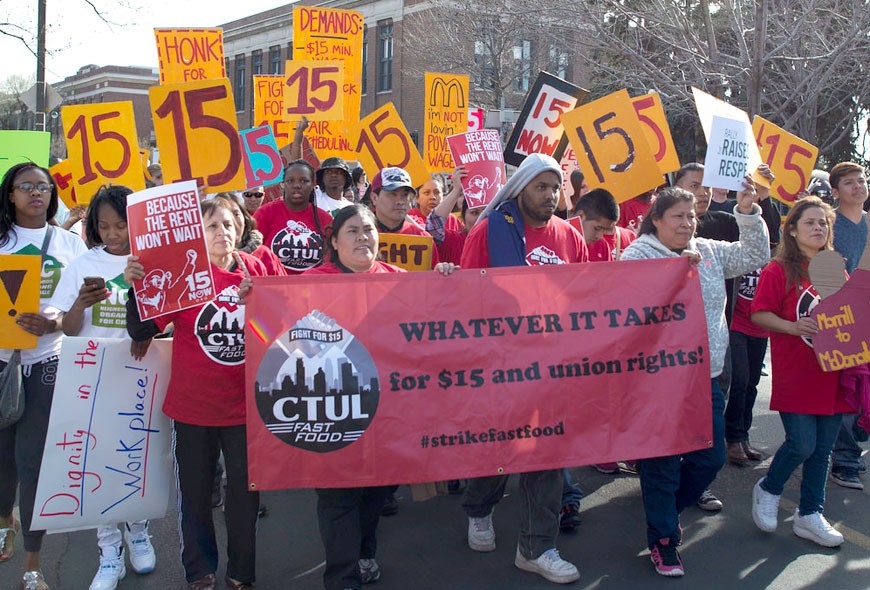Can Anything Slow Technology’s Job Takeover?
Technology is advancing at an accelerated pace and producing many useful advances. But when technology is used to increase a company’s efficiency, it comes with a downside. It becomes a threat to jobs as companies use advanced computer software and robots to perform tasks traditionally handled by humans.
Classically, companies getting more efficient—improving productivity—has been a source of growth in the economy. Joseph Schumpeter in his classic Capitalism, Socialism, and Democracy noted that technology advances could eliminate many jobs and even whole industries, but that this “creative destruction” also creates new industries and new categories of jobs. A horse-and-buggy driver can become a taxi driver.
Automation is Killing Human Job Creation
But, today, digital technology is impacting the workplace more rapidly than society and individuals can adapt. MIT professors Erik Brynjolfsson and Andrew McAfee in The Second Machine Age: Work, Progress, and Prosperity in a Time of Brilliant Technologies, warn, “Technological progress is going to leave behind some people, perhaps a lot of people, as it races ahead…there’s never been a worse time to be a worker with only ‘ordinary’ skills and abilities to offer, because computers, robots, and other digital technologies are acquiring these skills and abilities at an extraordinary rate.”
It’s a global problem. Worldwide trends point toward industrial robots becoming even more commonplace and jobs for humans less so, according to a recent Boston Consulting Group analysis that looked at 21 industries in the world’s top 25 leading manufacturing export economies.
The analysis determined that about 1.4 million industrial robots are in use around the world today, but that could grow to 4 million in the next decade. Even in China, Foxconn, which builds Apple smartphones and many other electronic products, has said it will replace one million workers with robots within three years.
The Technology Pay-Grade Difference
McKinsey Global Institute research suggests that 45 percent of activities people are paid to perform can be automated by adapting current technologies, which represents about $2 trillion in annual wages in the US. And the authors of the McKinsey research reject the notion that work automation will mostly affect low-skill, low-wage jobs.
In fact, the authors say they “discovered that even the highest-paid occupations in the economy, such as financial managers, physicians, and senior executives, including CEOs, have a significant amount of activity that can be automated.”
Some technical advances automate skills thought unique to humans. For example, jobs for call center agents are increasingly being replaced by automated systems that converse with callers using speech recognition. “Artificial Intelligence” and “machine learning,” more generally, is a major trend in technology that increasingly handles tasks that once required people.
Technology leaders understand the importance of this revolution in computing technology. Eric Horvitz, director of the Microsoft Research lab, speaking at an MIT technology conference, noted a quarter of the 1200 people in Microsoft Research are “solely focused on AI.”
Microsoft is not an exception. As many companies invest in AI, we can expect progress in machine intelligence to continue to proceed rapidly. One of the results of current trends is a growth in income inequality, a largely undisputed fact that is part of today’s political debate.
Income inequality is far greater than you think
Martin Ford summarizes the situation in Rise of the Robots: Technology and the Threat of a Jobless Future: “Income inequality has soared to levels not seen since 1929, and it has become clear that the productivity increases that went into workers’ pockets back in the 1950s are now being retained almost entirely by business owners and investors.”
This is obviously a problem for those suffering from the inequality, but the problem is deeper. People with jobs are consumers. As the number of people in the workforce decline or average income declines, those consumers buy less. Companies facing declining revenue and profit will attempt to automate even more, leading to more job loss, accelerating a disastrous downward spiral.
Reducing the Demand for Automation
How do we address this problem? Some politicians have suggested approaches that force up worker income directly, such as increases in the minimum wage or profit-sharing by employees.
Such solutions can have the unfortunate effect of encouraging even more automation by making workers more expensive. More fundamentally, such approaches address only the symptoms of the problem, not the disease.
However, an “automation tax” that would be part of the corporate taxes companies pay would give them an incentive to keep humans employed. With an automation tax, the amount that companies are taxed would be partly based on the ratio of employees to company revenue.
A company that has high revenue relative to the number of employees would pay a higher tax than a company that uses more people to generate the same revenue. Overall corporate taxes could remain the same, in which case, companies that make employees more efficient rather than replace them through automation would pay lower taxes.
Those companies that would face higher taxes may be tempted to fight such legislation. But an enlightened view recognizes that people with jobs are consumers. Without consumers, they can’t maintain their business. The automation tax provides a motivation for companies to preserve jobs and do what is in their long-term interest without sacrificing profits. It’s a bit like using a cigarette tax to discourage smoking.
Professions that can’t be Automated…Yet
We use accelerating technology to create new job categories while approaches such as the automation tax give us time to do so. For example, there are an increasing number of outlets for creative talent through self-publishing, easy-to-create web sites, specialized content outlets like MiLLENNiAL, and channels like YouTube. Ironically, larger numbers of people leaving the workforce create an increasing market for entertainment and information.
Technology is already increasing the number of jobs that let a worker act as an independent contractor, such as the transportation service Uber or accommodate sites like Air BnB. Such jobs could be used to supplement income if not full-time. Some speech recognition and automated chatboxes on web sites are supported in the background by humans that are hidden from the user. These jobs could be done by anyone with a PC and an Internet connection as a contractor.
Facebook’s new M personal assistant—now in trial—uses humans as hidden agents, and a number of customer service operations use the same approach. Humans helping computers rather than computers helping humans is likely to be a major trend and job opportunity—if it isn’t stymied by regulations discouraging contract workers.
A full economic recovery is possible with approaches like an automation tax that slow the process of job destruction and give jobs created by new technology a chance to develop, and people a chance to adapt to those new opportunities.
But a full recovery requires our leaders to recognize that over-automation is a fundamental issue that needs to be addressed. Otherwise, we are likely to see a downward economic spiral worldwide.
An automation tax isn’t the whole solution, but it is an example of the kind of solution that addresses the core problem of technology being capable of taking too many jobs too quickly for society to adapt.












